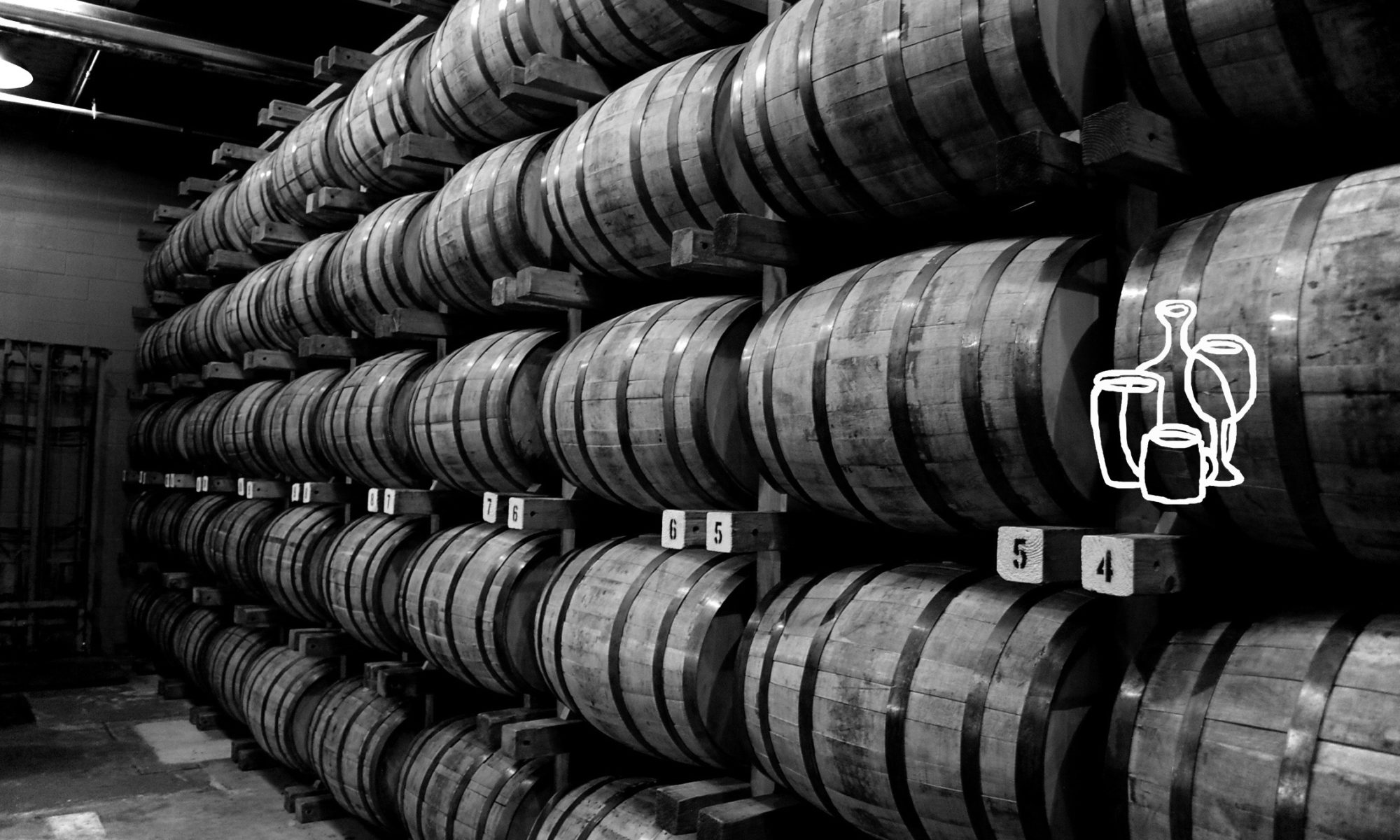Summer is still hanging on with a vengeance, sunny hot days melting into cool September nights. Despite the heat, autumn is around the corner, and apple season is already here. Just head up to North Georgia and the apple trees are bountiful with fruit. In honor of cooler days to come and the heavenly aroma of apple pies inundating the air in lucky kitchens, we bring you a simple cocktail recipe sure to elicit mental visions of such glory: Apple Season in a Glass.

The key ingredient here is Travis Hasse’s Apple Pie liqueur. An inexpensive (though still hard to find in the South) bottle of liqueur built on apples, spices and neutral grain spirits. On its own, it’s sweet, sticky, and almost impossibly true to the aroma and flavor of apple pie. It’s like taking a pie in the face, and it begs for balance. A nice rye (or bourbon, to each his own) will do just the trick. We like Russell’s Reserve Rye (6 year old) as a nice cocktail mixer. It brings a nice toastiness and slight bitterness to the table. A dash of Peychaud’s bitters adds a touch of aromatic complexity, again balancing out the sweetness of the liqueur. There are certainly more complex and challenging recipes that will get you a similar taste of apple season, but this is a nice and easy way to help your mind escape the lingering summer heat and swing into Fall.
Ingredients:
1.5 oz rye whiskey
1 oz Travis Hasse’s Apple Pie Liqueur
Peychaud’s bitters to taste
Preparation:
Shake and strain into an old-fashioned glass half-filled with broken ice.
Notes:
Adding cinnamon or nutmeg will be overkill on top of the liqueur, though a cinnamon stick would be a nice visual touch.

